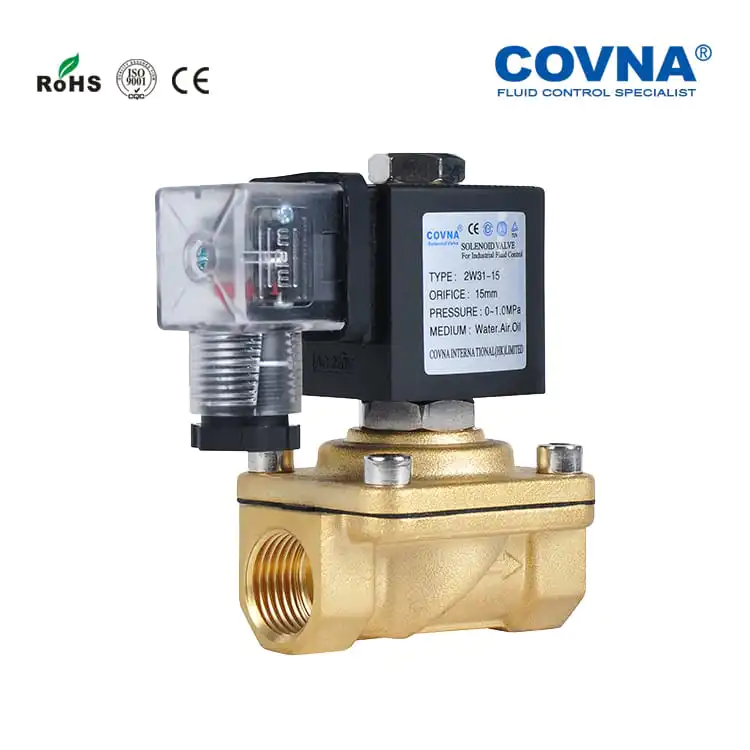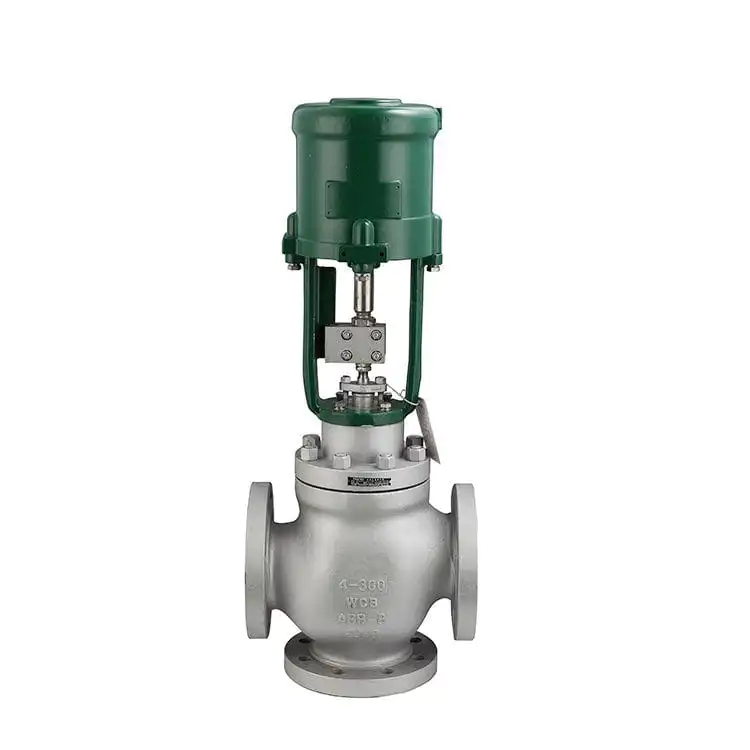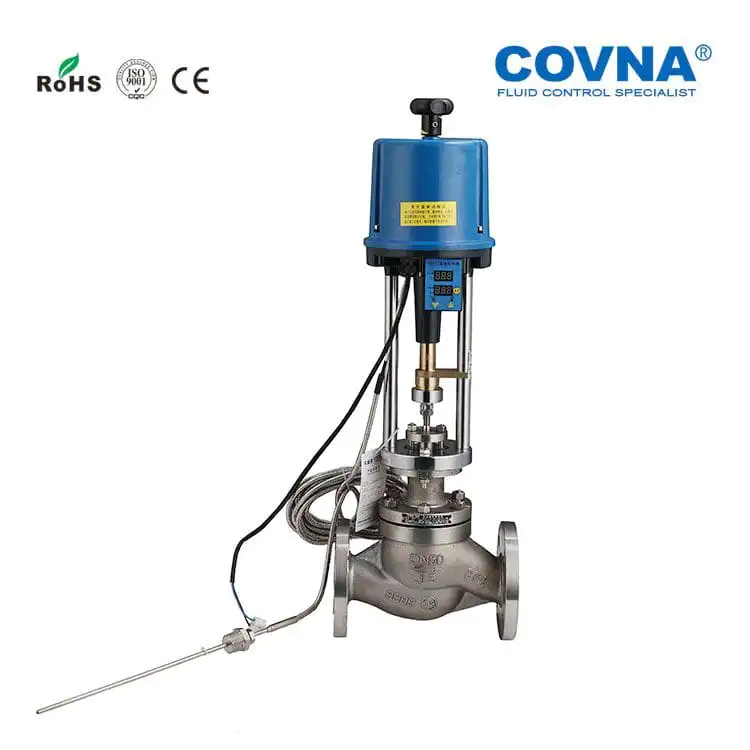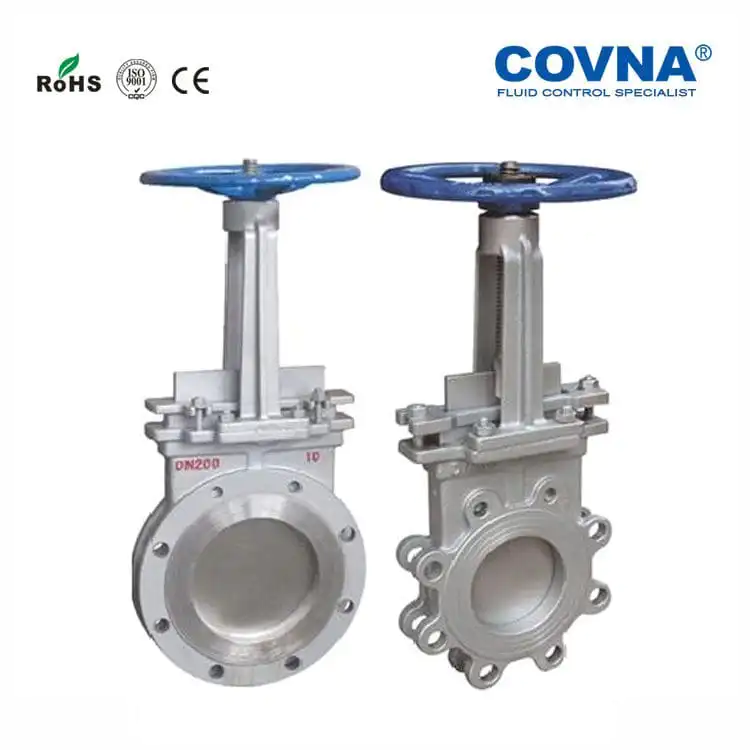COVNA Products
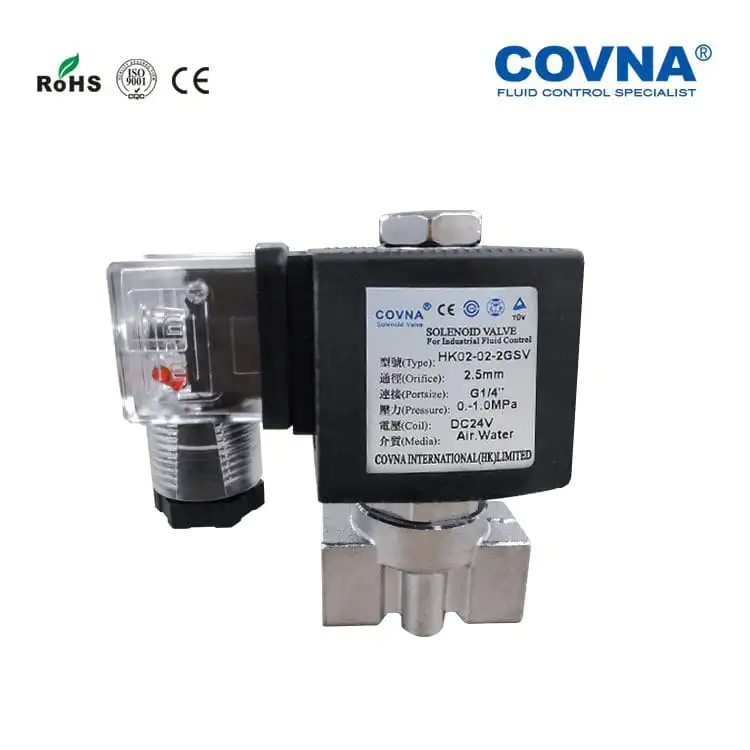

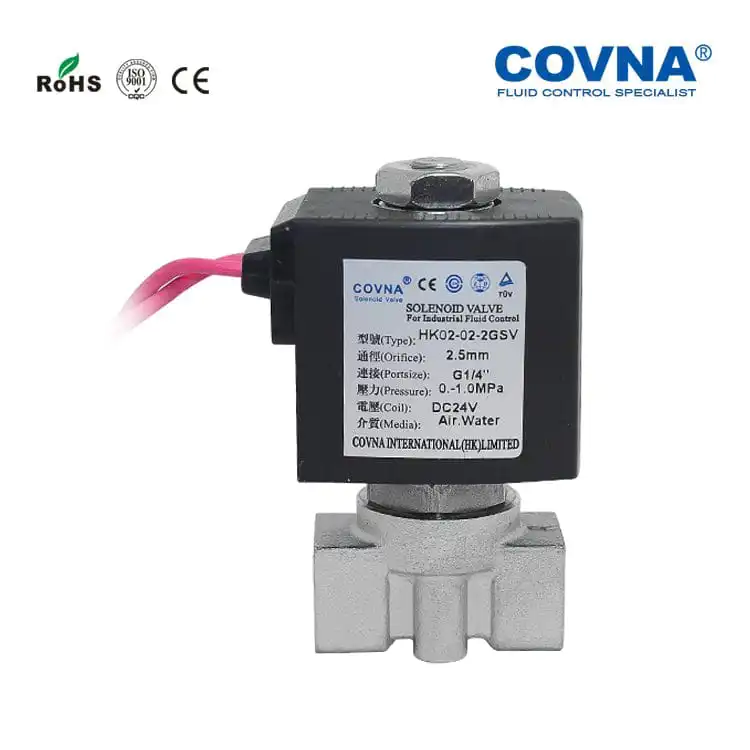
COVNA HK2231015B 12 Volt 24 Volt DC Water Solenoid Valve – Stainless Steel
HK2231015B Stainless Steel Solenoid Valve
has a special structure that reduces the pressure and protects the pipeline. The pressure range is 0.3 to 16 bar. Features include 1 million lifetimes, and quick start/close. COVNA manufactures solenoid valves in all sizes, materials, and voltages for your industries. Consult us to get a suitable valve for your applications!
Model
- Function: Normally Closed / Normally Open
- Pressure: 0.3 to 16 bar
- Voltage: DC-12V, 24V; AC-24V, 120V, 240V/60Hz; 110V, 220V/50Hz
- Temperature of Media: -10 to 180℃ (14℉ to 356℉)
- Suitable Media: LNG, LPG, Gas, etc
- Material: Stainless Steel
Features Of COVNA HK2231015 Solenoid Valves
● Special structure reduces the transient pressure to prevent water hammer phenomena which will protect the valve and pipe system.
● Life span can be at 1 million cycles.
● Low noise, stable work.
● Opened from low pressure with large flow.
● It could change the solenoid coil, which can be used with an explosion-proof coil Exmb I/IL T4 to provide the explosion-proof solution for you.
Technical Parameters Of COVNA HK2231015 Solenoid Valves
| Port size | 1/4", 3/8", 1/2", 3/4", 1" | Orifice(mm) | 8, 10, 15, 20, 25 |
| Connection Types | NPT, G | Function | Normally Closed / Normally Open |
| Pressure | 0.3 to16 bar | Voltage | DC-12V, 24V; AC-24V, 120V, 240V/60Hz; 110V, 220V/50Hz |
| Temperature of Media | -10 to 80℃(14℉ to 176℉) | Suitable Media | Water, Air, Oil, Gas, etc |
| Material | Stainless Steel | Tolerance | ±10% |
Dimension of COVNA HK2231015 Solenoid Valves

![]()
- 2W21 12V solenoid valve are automatic solenoid valves for gas water, oil. They are easy and safe to operate.
- This normally used solenoid valve can be used in many fields, usch as, Air, City Gas, Water, Oil, Petroleum, Environemtal Protection, etc.
- Suitable for low head and zero head applications with a coupled diaphragms
![]()

| Port Size | 3/8”~2” | Orifice(mm) | 15, 20, 25, 32, 40, 50 |
| Port Thread | BSPP, BSPT, NPT, FLANGE | Function | Normally closed or opened |
| Pressure | 0-1.0 MPa (10 bar) | Voltage | DC-12V, 24V; AC-24V, 120V, 240V/60Hz; 110V, 220V/50Hz |
| Temperature of media | -10~100℃ (14℉ to 212℉) | Suitable Media | Water, gas, oil, etc |
| Material | Brass, Stainless Steel | Sealing Material | NBR, VITON, PTFE, EPDM |
| Coil | S51B,30VA(AC),24W(DC),IP65,100%ED | ||
| Coil | SD01B,28VA(AC),36W(DC),IP65,100%ED | ||
1.Oil and Gas Industry
Pipeline Flow and Pressure Control: Used for flow and pressure control in natural gas and oil pipelines to ensure stability during transportation.
Gas and Liquid Distribution Systems: Regulates the flow of gases or liquids, ensuring precise control under various operating conditions.
Automation of Distribution Systems: Used in refineries and natural gas processing plants to automate fluid distribution and regulate the reaction processes.
2.Chemical and Petrochemical Industry
Reactor Pressure and Flow Control: Used in chemical reactors, storage tanks, and other equipment to control pressure and flow, ensuring stability in the chemical reaction process.
Flow/Pressure Regulation: Regulates the flow of liquids or gases in processes such as polymerization, refining, and distillation to ensure efficient production.
Steam Control: Regulates the flow and pressure of steam in steam generators and distribution systems.
3.Water and Wastewater Treatment
Water Flow Control: Regulates water flow and pressure in water supply and wastewater treatment systems to ensure normal operation.
Gas and Chemical Additions: Regulates the flow of chemicals or gases (such as chlorine or ammonia) added during the water treatment process.
4.HVAC (Heating, Ventilation, and Air Conditioning) Systems
Temperature Control and Airflow Regulation: Used in air conditioning systems to regulate the flow of cooling or heating fluids to maintain the desired temperature.
Pressure and Airflow Regulation: Adjusts the flow and pressure of air in ventilation, air conditioning, and humidification systems to ensure indoor comfort.
5.Food and Beverage Industry
Liquid Flow Control: Precisely controls the flow of liquids in processes such as brewing, dairy production, and beverage bottling.
Temperature and Pressure Regulation: Regulates temperature and pressure during heating, cooling, and sterilization to ensure product quality and safety.
6.Pharmaceutical Industry
Precision Flow Control: Regulates the flow of liquids and gases in pharmaceutical manufacturing processes to ensure precise control of process parameters.
Pressure Control: Adjusts pressure in cleaning and sterilization systems to ensure stable system operation.
7.HVAC Systems
Airflow and Temperature Control: Controls the flow and temperature of air to adjust environmental conditions, ensuring comfort and energy efficiency inside buildings.
8.Steel and Metallurgical Industry
Gas Flow Control: Precisely adjusts the flow of gases such as oxygen and nitrogen during smelting and heating processes to ensure stable furnace temperatures and chemical reactions.
Cooling Fluid Flow Regulation: Regulates the flow of cooling fluids in cooling systems to ensure temperature control of equipment.
9.Thermal and Power Industry
Steam and Water Flow and Pressure Control: Regulates the flow of steam and water in boiler systems, heat exchangers, and power plants to ensure efficient operation of thermal systems.
10.Mining Industry
Slurry Flow Regulation: Adjusts the flow and pressure of slurry during transportation and separation processes to ensure efficient extraction and processing of minerals.
The actuator on my automated valve operates, but the valve won’t turn. Why?
Most likely the valve stem or actuator coupling is broken.
Why doesn’t my valve open or close completely when the actuator operates it?
The electric actuator limit switches or the pneumatic actuator position stops are not correctly adjusted.
When I energize the solenoid on my pneumatic actuated valve, the valve won’t turn. How come?
Probably because there is no air pressure to the solenoid or dirt has jammed it. Also, debris might be trapped inside the valve. Or, the air pressure is not sufficient to operate the actuator. Remember: measure air pressure at the actuator, not at the compressor.
Can I buy an actuator from one manufacturer and mount it to a valve from another manufacturer?
Maybe. First, be sure that the actuator torque output is sufficient to turn the valve reliably. Second, you will have to fabricate a custom mounting bracket and coupling to connect the actuator to the valve.
What happens if I lose power to my electric actuator in the middle of an actuation cycle?
The valve will stop somewhere between full open and close. When power is reapplied to the original circuit, the actuator will complete the cycle.
I ordered a fail open pneumatic actuated valve by mistake. I needed a fail closed one. What can I do?
To make the change just remove the actuator from the valve and turn it, or the valve stem, 90 degrees and remount the actuator.
I’ve installed my automated valve in the line, but now I don’t know if the valve is in the open or closed position. How can I find out?
Remove the actuator from the valve and check the valve stem. Most ball valves have stem flats at right angles to the flow when the valve is in the off position. On butterfly valves check the stem flow arrow marking.
Do I have to have the solenoid valve that controls the air supply to my pneumatic actuator mounted right on the actuator?
Remove the actuator from the valve and check the valve stem. Most ball valves have stem flats at right angles to the flow when the valve is in the off position. On butterfly valves check the stem flow arrow marking.
How do I wire up my electric actuator?
Check the electric wiring schematic that came with the actuator for the correct hookup. Sometimes a copy is inside the actuator cover. If it is missing, don’t guess about the connections. Call the manufacturer for a schematic.
I’ve just installed an electric actuated valve and when I power it, it turns the valve 360 degrees and won’t shut off. What’s wrong?
The actuator is wired incorrectly (check the schematic accompanying the actuator), or the external control switch is not the correct type for the actuator.
My electric actuators cycle time is way too fast, can I slow it down?
Not unless you bought it with an optional speed control.
I just replaced a solenoid valve with an electric actuated valve and it won’t work. Why?
Actuators and solenoid valves require different types of electrical control switches. SPDT for actuators, SPST for solenoids. Check the actuator wiring schematic for the correct wiring and switch type.

